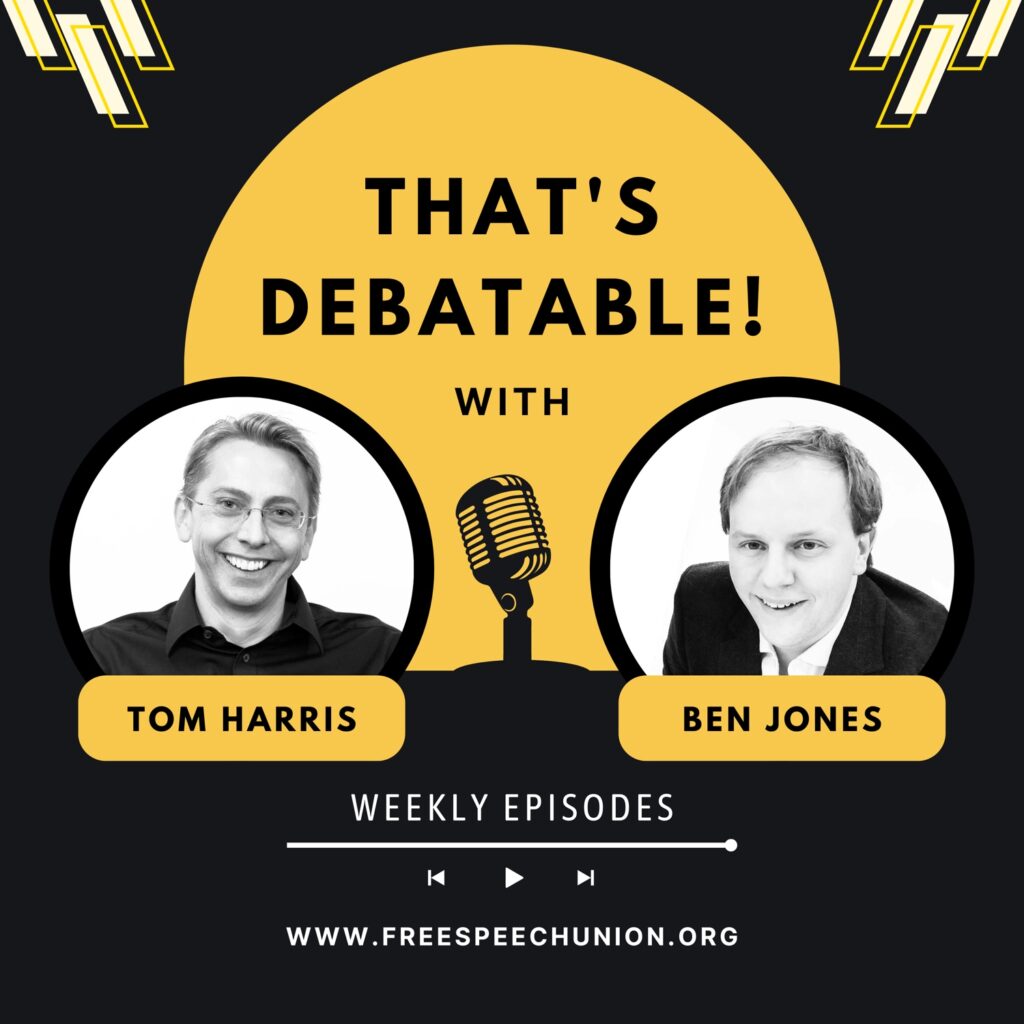Lego is anti-LGBT, the Science Museum has said.
Seeing Things Queerly, a self-led tour of the museum that focuses on “stories of queer communities, experiences and identities”, includes a display of Lego bricks, with the accompanying guide saying that they reinforce the idea that heterosexuality is “the norm”.
If you’re wondering how, let the guide explain:
Lego bricks are often described in a gendered way. The top of the brick with sticking out pins is male, the bottom of the brick with holes to receive the pins is female, and the process of the two sides being put together is called mating.
This is an example of applying heteronormative language to topics unrelated to gender, sex and reproduction. It illustrates how heteronormativity (the idea that heterosexuality and the male/female gender binary are the norm and everything that falls outside is unusual) shapes the way we speak about science, technology, and the world in general.
No source is provided for the assertion that people consider Lego to be gendered or that sticking bricks together is called mating – but, in the museum’s defence, that might be because there isn’t one. Google “Lego” and “mating” together and the only examples of the usage that come up are in stories about the Seeing Things Queerly tour.
Another unexpected item on the same tour is a Second World War Spitfire. The reason this time is that “one Spitfire pilot was Roberta Cowell, the first British trans woman to undergo gender affirming surgery and change her birth certificate”.
However, even this comes with a stern reminder that Roberta could have become female simply by identifying as such: “Trans – or transgender – is an umbrella term that covers many different experiences for people who do not identify as the gender they were assigned at birth. While gender-affirming medical transition was a tool for Cowell to be recognised as a woman in the 1950s, it is not something that all trans people choose for themselves.”
Later come a pair of indisputably male bantam chickens bred by Thomas Hunt Morgan to investigate the genetic inheritance of plumage. “Morgan,” we’re told, “discovered the role chromosomes play in heredity, for which he won the Nobel Prize for Medicine in 1933” – but “while a biological human female usually has XX sex chromosomes and a biological human male generally has XY, we now know there is diversity in the presence and combinations of sex-determining features… Sex and gender are often used interchangeably, but they mean different things.”
What we at the FSU object to in all this is that museums have become so normative themselves. The alternative, legitimate and entirely lawful view that there are only two genders is not one you’re likely to find in any of them – largely because it wouldn’t be allowed.
Moreover. as Fiona McAnena of the charity Sex Matters has said of the Seeing Things Queerly tour: “People expect to be informed, educated and inspired when visiting the Science Museum, not to have dubious claims rooted in gender ideology forced on them.”
Full story here.






